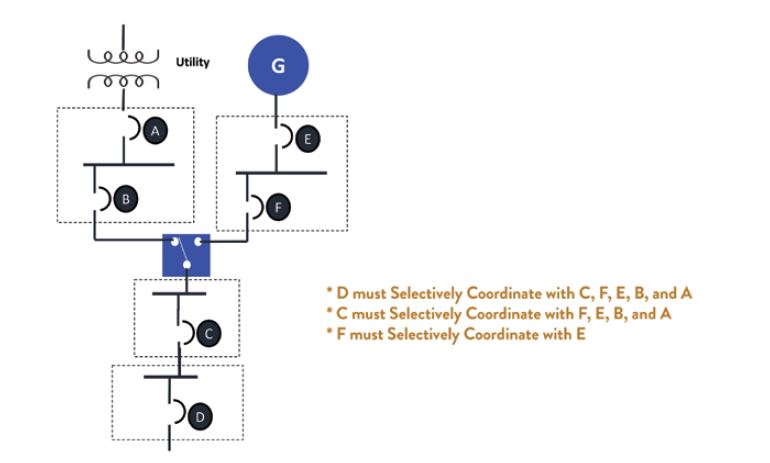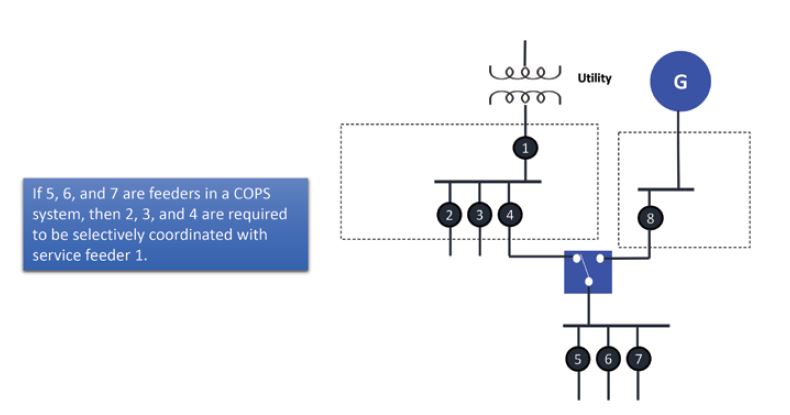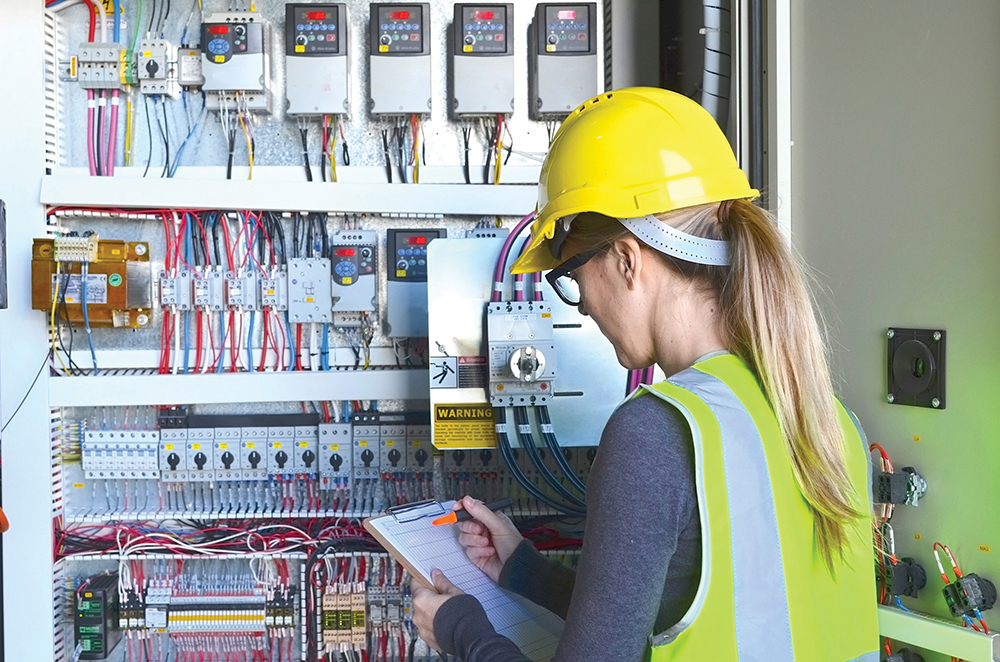The International Building Code (IBC) provides Risk Category classifications for buildings and other structures that address minimum design criteria based on the facility type and their role in many communities. The Risk Categories are grouped as I, II, III, or IV, with Category I including structures that represent the lowest hazard to human life in the event of failure and Category IV being designated as the most essential facilities. While schools provide a critical function to the community, most school buildings fall under Risk Category II or III, depending on occupancy level.
Sometimes municipalities will designate a school gymnasium as an emergency shelter in the case of a natural disaster. While this designation is more common in rural areas that are more prone to natural disasters, it is certainly not limited to that. The first time I ran across this designation was at a mid-sized suburban high school in Eastern Pennsylvania — an area that I wouldn’t say was particularly remote or associated with natural disasters.
When a school or part of a school is designated as an emergency shelter, it upgrades the school to a Risk Category IV, and the electrical system must meet some additional requirements for reliability. In the National Electrical Code (NEC), these requirements would fall under Article 708 for Critical Operations Power Systems (COPS).
The NEC defines COPS as power systems for facilities or parts of facilities that require continuous operation for the reasons of public safety, emergency management, national security, or business continuity. The NEC, as an installation code, does not define what facilities must be COPS, only how one must be installed. Critical operations power systems are so classed by municipal, state, federal, or other codes by any governmental agency having jurisdiction or by facility engineering documentation establishing the necessity for such a system. COPS include but are not limited to power systems, HVAC, fire alarms, security, communications, and signaling for designated critical operations areas.
Many NEC requirements for COPS will look very familiar to requirements for other standby power systems, like emergency and legally required standby systems. However, the requirements do differ in some significant ways because of the expected runtime. Emergency systems are required to supply power to the emergency system within 10 seconds of the loss of normal power supply and for the emergency power source to supply power for a minimum of 2 hours unless storage batteries, UPS, or unit equipment (battery-equipped emergency luminaries are used as the alternate source of power. COPS, however, are built for endurance and the alternate source of power to supply power for a minimum of 72 hours, which results in some of the most stringent system requirements in the NEC.
If an inspector finds himself or herself dealing with a school that has been determined to have a COPS, the first step is to determine its scope. Is the entire school a designated critical operation area (DCOA)? Is it just the gymnasium? Are the cafeteria and kitchen also included? What about the bathrooms and locker rooms? How about telecom services? It’s important to identify these areas up front, as their physical locations may not be close to one another, and so their inclusion as part of the system may not be obvious. This designation should be called out by the governmental agency having jurisdiction or the facility engineering documentation.
Once the inspector establishes the scope of the COPS, he or she should be verifying all the documentation requirements. NEC Article 708 requires a risk assessment to be conducted and documented, along with a hazard-mitigation strategy and maintenance and testing records.
The inspector should verify that the wiring of the feeders of the COPS system is protected from physical damage, damage from fire, or damage from flooding. NEC 708.10(C)(1) identifies the wiring methods permitted to protect COPS feeders against physical damage. NEC 708.10(C)(2) requires the COPS feeders to be protected from fire by a cable or raceway that is listed electrical circuit protective system, a listed fire-resistive cable system, or a listed fire-rated assembly, all with a minimum 2-hour fire rating or encased in a minimum of 2 inches of concrete. According to NEC Section 708.10(C)(3), where COPS feeders are installed below the level of the 100-year floodplain, the insulated circuit conductors shall be listed for use in a wet location and be installed in a wiring method that is permitted for use in wet locations.
COPS feeder distribution equipment requirements distinguish themselves from the emergency system requirements in NEC Section 700.10(D)(2) by not allowing for COPS feeders to be protected by fire suppression systems as an alternative.
COPS are permitted to use generators, storage batteries, uninterruptible power supplies, and fuel cell systems as alternate sources. Due to cost and the amount of time COPS are designed to run, generators are by far the most common alternative source used. You will see many of the same requirements for generators as you see in other standby systems but with an emphasis on the ability to run for longer periods of time.
COPS also requires that transfer equipment Short-Circuit Current Rating (SCCR) be field marked on the outside of the equipment, per 708.24(F). There are similar requirements in Articles 700, 701, and 702 that govern transfer equipment. Transfer equipment, when shipped by the manufacturer, will typically include a label on the inside door that details the many different transfer equipment SCCRs that would apply based on the specific overcurrent protective device (i.e., fuse or circuit breaker) type and settings protecting the transfer equipment. The consulting engineer and/or installer should decipher this label and field mark the proper SCCR on the outside of the transfer equipment based on the overcurrent protective device type and settings supplying the transfer equipment. There may be instances where the transfer equipment has two different SCCRs if it is being fed by different overcurrent protective device types and settings from the normal and alternate sources. This is permitted, provided that both SCCRs are greater than or equal to the available fault current that can be delivered from each source.
The inspector should also look for documentation that the system is selectively coordinated, as required by NEC Section 708.54. Selective Coordination is defined in NEC Article 100 as the “localization of an overcurrent condition to restrict outages to the circuit or equipment affected, accomplished by the selection and installation of overcurrent protective devices and their ratings or settings for the full range of available overcurrents, from overload to the available fault current, and for the full range of overcurrent protective device opening times associated with those overcurrents.”
While many times an inspector is simply verifying that documentation exists, he or she may want to spend a little extra time scrutinizing the coordination study to ensure the requirement for selective coordination has been fully met. The NEC clearly defines selective coordination as encompassing “all currents, all times,” but many coordination studies only verify a level of coordination down to a certain time limit, such as 0.1s or 0.01s. There are other areas of the Code that specify these limited levels of coordination. If the coordination study only analyzes time current curves where the minimum time shown is 0.1s or 0.01s, then manufacturer selective coordination charts may need to be consulted to verify selective coordination up to the available fault current. The fact that selective coordination is called out for COPS indicates that it is important for its specific criteria to be met.
NEC Section 708.54(A) requires that all COPS overcurrent protective devices be selectively coordinated with all supply side and load-side overcurrent protective devices. Since COPS require an alternate source of power, there will certainly be some sort of transfer equipment, and one other thing to look out for in the coordination study is the inclusion of the overcurrent protective devices on both the normal and alternate power source side of the transfer switch. Additionally, the inspector will want to verify that per NEC Section 708.24(D), the transfer equipment serves only COPS loads and not any non-COPS loads.

The 2023 NEC added a requirement in Section 240.11 that “if one or more feeder overcurrent protective devices are required to be selectively coordinated with a service overcurrent protective device by other requirements in this Code, all feeder overcurrent protective devices supplied directly by the service overcurrent protective device shall be selectively coordinated with the service overcurrent protective device.” In Figure 2, that means if overcurrent protective device 5, 6, or 7 are COPS feeder overcurrent protective devices, then they are required to selectively coordinate with overcurrent protective device 1 per NEC Section 708.54(A).

If overcurrent protective device 1 is a service device, then NEC Section 240.11 would require overcurrent protective devices 2, 3 and 4 to also be selectively coordinated with the service overcurrent protective device1. Selective coordination of the non-COPS feeder overcurrent protective devices supplied directly from the service overcurrent protective device will prevent the service overcurrent protective device from opening on an overcurrent condition on the load side of the non-COPS feeder overcurrent protective devices and increases the reliability of the entire system.
It is important to maintain selective coordination throughout the life of the system, so the 2023 NEC added Sections 708.54(B) & (C) and states that when any overcurrent protective devices are replaced, or there are any modifications to the devices or system, the system should be reevaluated to ensure that selective coordination has been maintained.
In summary, when a school or part of a school is designated as an emergency shelter, the electrical system of that school must meet the more stringent requirements of a Critical Operations Power System. While there are many similarities between a COPS and emergency or legally required standby systems, a COPS differentiates itself by being designed specifically for endurance and reliability. It’s important to verify that the unique requirements for a COPS system are met to ensure the safety of the community and its people during a disaster.
Christy (Rosati) McElhinny is a Field Application Engineer with Eaton, Bussmann Division.
















Find Us on Socials